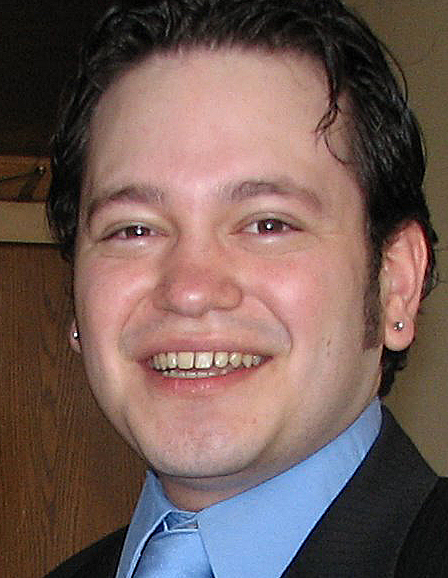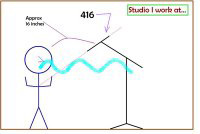|
Mic Use: How Close Can I Get
To A Shotgun Without Blasting?
By Juan Carlos Bagnell
Audio Engineer
 Almost instantly after my VoiceOverXtra article on proper mic use appeared ('Please Don't Swallow The Mic' ... Rants From An Audio Engineer), I got an email from a reader who totally nailed me on the fact that most of my advice is geared toward use of large diaphragm condensers: Almost instantly after my VoiceOverXtra article on proper mic use appeared ('Please Don't Swallow The Mic' ... Rants From An Audio Engineer), I got an email from a reader who totally nailed me on the fact that most of my advice is geared toward use of large diaphragm condensers:
Well ya see, I can't really say that my advice is going to be very consistent. I kind of have this Love/Hate relationship with my MKH416. It's super loud, super directional, and super tone deaf. Often mic-ing the shotgun will come down to the space you're working in. There are some generalities I can throw you however.
BACK AWAY
I'm not as familiar with the NTG2, but looking up it's specs, it seems to play in the same super-cardioid space the 416 plays in for most of the EQ spectrum (it seems the 416 approaches more of a hyper-cardioid in the upper EQ, but I'm not sure it really affects the human voice much). These mics were designed with such powerful side rejection for the purposes of broadcast and film, the mics to be positioned feet to sometimes yards away from their subject, and often being used outdoors. I personally, REALLY feel that these are not mics to be right on top of. FIRING POSITION
 When I start a session with a 416 I usually position as follows (see graphic): When I start a session with a 416 I usually position as follows (see graphic):
I do this for several reasons. One, it helps tame puffs of air, since most of them will pass under the microphone, but the voice should travel THROUGH the recording path of the mic. Also, because of the focus of this mic, I tend to not like pointing the mic at someone's face, since then you're picking up the nasal cavity - not a particularly pleasant source of resonance. Instead, I try to pick up the talent's chest - by design a much more cavernous source of resonance.
EASILY DAMAGED
These mics, while built for very rugged conditions, can actually be pretty easily damaged by forcing air into them if you're too close. For added protection, I tend to use a foam wind sock, as opposed to a pop screen. There's no particular reason for that - it's just the way I tend to do it - though sometimes it allows me to be sneaky, and move the mic farther way from talent that like to crowd the mic by scootching the foam towards the end of the mic
Also, as promo readers tend to wave and conduct their hands around their reads, this distance helps prevent the random smacking of the mic. THEN AGAIN ...
Now here's the tricky thing about micing yourself. Depending on your space, all of what I just said might be totally wrong. I've found good success with this set up, and usually my only adjustments from this initial setup are asking the talent to move a little closer or farther from the mic. But your mileage will vary. Juan Carlos Bagnell, aka "Some Audio Guy," is a veteran audio engineer who writes a highly entertaining and informative blog: Ramblings of Some Audio Guy. Email: someaudioguy@gmail.com
|
Tell Us What YOU Think!
Please Note: Since we check for spam, there will be a slight delay in the actual posting of your comment.
Comments (1)
Makes Sense
11/20/2018 at 11:41 AM
I'm no expert, just passing through... But this advice matches what I saw on a Family Guy behind-the-scenes video. The shotguns were higher than the actors and pointing down to their neck/chest area and a couple of feet away.





.png)



click for new article alerts